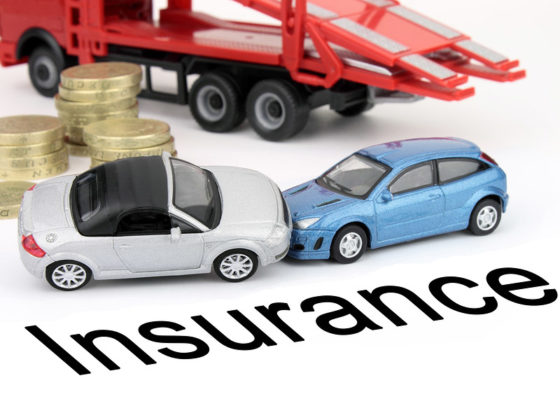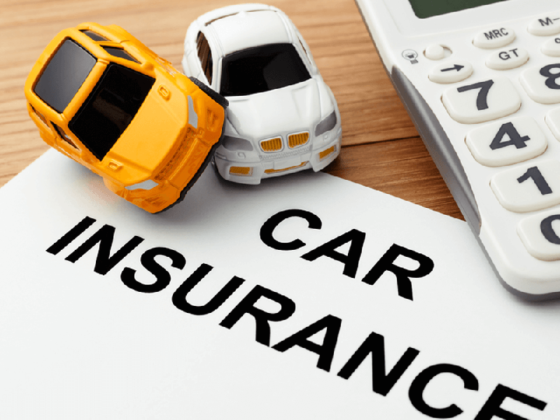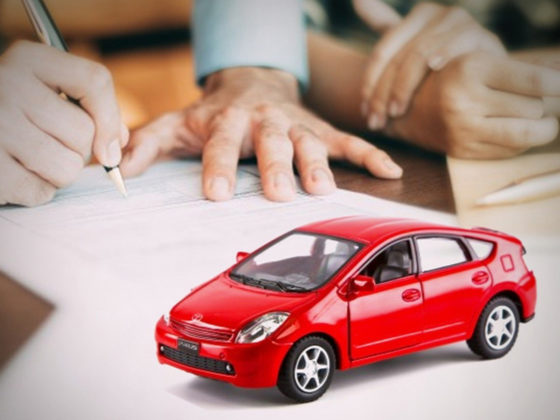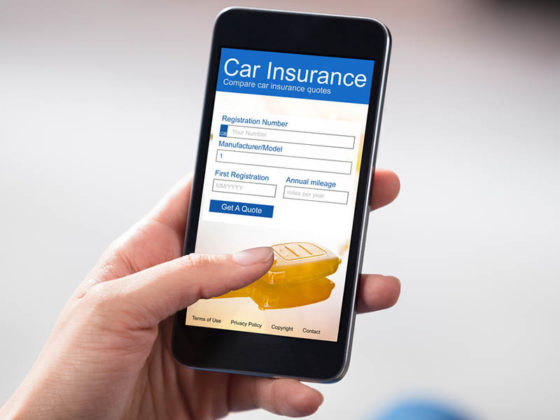Car insurance is necessary for everyone that owns a vehicle on Ohio. Ohio’s car insurance regulations can be divided in three sections. The first section defines the injury cost to the drivers. The second section deals with the coverage of passengers involved in the car accidents. The third section provides coverage for damaged properties in the collision.
The easiest way to meet the Ohio requirements is to have car liability insurance. Most people choose to fulfill the requirement by buying auto liability insurance. If you don’t want to own car liability insurance, you must choose from alternative self insure options. Individuals that choose to self insure must demonstrate that they have financial responsibility. According to the Ohio state law, financial responsibility means that the driver must be able to fund the costs of damages involves in the car accidents. The driver must show they have enough funds to meet the minimum obligations set by the Ohio state law.
The auto liability insurance includes bodily injury liability, and property damage liability. Bodily injury liability has state requirements of $12,500/$25000. Most people purchase the bodily injury liability for $100,000.
Property damage liability is an insurance that pays the damage done to the property of the other party. The properties can be any property including house, lamppost, and etc. The property damage liability offers coverage for the legal defense costs in the event that the other party file a lawsuit against you. Everyone in Ohio needs property damage liability coverage to protect themselves from accident that results in the damage of someone’s property. Ohio residents that have a filing on commercial auto insurance policy must purchase the Property Damage Liability Insurance. The state requirements for the property damage liability are $7500. Common coverage scale for the property damage liability is $100,000.
For people who prefer self insure option, they can get a $30,000 bond from the insurance company. Alternatively, you can obtain the Ohio Bureau of Motor Vehicles (BMV) certificate of financial responsibility. On the certificate, there is a statement that states the individual is equipped with a enough funds that meets the minimum obligations. Alternatively, it can also state that the individual has a bond that worth $30,000 at the Ohio state treasury.
Besides auto liability insurance, Ohio does not have other requirements about car insurance coverage. There is exception to leased vehicles. If your vehicle is leased, it must be covered by the comprehensive and collision insurance. Other forms of auto insurance in Ohio include uninsured motorist bodily injury, medical payments, collision and comprehensive.
Uninsured motorist bodily injury insurance offers protection for medical costs of physical injuries arise from a collision with an under insured individual. It offers coverage of $100,000 to $300,000 per person.
When shopping for car insurance in Ohio, make sure you perform shopping comparison between different companies. In order to perform shopping comparison, you must obtain the estimate quote from the car insurance companies. You can obtain an estimate quote by completing an online survey on the insurance company site. Once you have obtained the quote, you can make a call to the sales representative and ask them more details about the health insurance plan.




